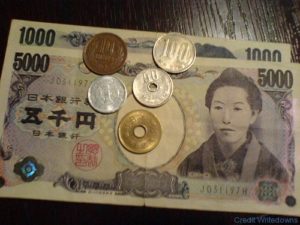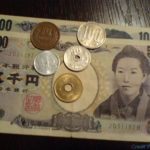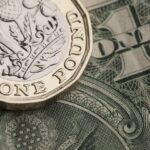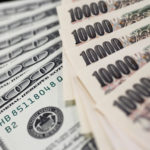 The yen advanced against the US dollar on trading Monday after Chinese stocks led drops in Asian shares, boosting demand for the Japanese currency as a safe-haven.
The yen advanced against the US dollar on trading Monday after Chinese stocks led drops in Asian shares, boosting demand for the Japanese currency as a safe-haven.
USD/JPY hit a session low at 102.17 at 04:15 GMT, after which consolidation followed at 102.41, losing 0.1% for the day. Support was likely to be received at February 20th low, 101.67, while resistance was to be met at February 21st high, 102.83.
Today the Chinese National Bureau of Statistics said that annualized new home prices in the country, based on the transactions involving conventional and conforming mortgages, climbed 9.6% in January, following a 9.9% gain a month ago. January was the first period during the past 14 months, that China’s home values curbed their advance.
In monthly terms, home prices rose 0.4% in January, matching the rate of increase reported in December.
The Shanghai Securities News reported without citing its sources, that Industrial Bank Co. and several other unidentified banks have trimmed lending to the property sector and other sectors related to it, such as steel and cement production.
Following the release of the reports, the Shanghai Composite index plunged 2.6%, mainly driven by a slump in shares of the property sector, fueling demand for haven assets including the Japanese yen.
“The yen will strengthen if the downside risk to emerging nations spurs risk aversion,” Ueda Harlow’s Yamauchi said in a Bloomberg interview.
However, gains were limited after Japan’s Ministry of Finance reported on Thursday that the nation’s trade deficit widened to a record last month, with imports exceeding exports by 2.79 trillion yen (approximately $27.4 billion), widening the full-year trade deficit for 2013 to an unprecedented 11.5 trillion yen.
Following the report, Credit Suisse Group AG trimmed its economic growth forecast for Japan in 2014 to 1.6% from 2.2% previously.
Japan increased its import bill after the March 2011 disaster in Fukushima, made the country shut all 48 operable nuclear reactors and rely on imports of crude oil and gas. With no set date for restarting them, Japan’s import bill continues to weigh on the nation’s economy.
Volumes of energy imports have not increased significantly compared to a year ago, but their dollar value has soared amid weakening yen, which is a result of unprecedented BoJ stimulus in an attempt to snap 15 years of deflation.
A five percent increase in the volume of Japanese crude oil imports in January from a year ago, resulted in a 28% percent surge in its cost. In addition, food import costs have risen 14% in January, compared to the previous year.
Bank of Japan has been purchasing more than 7 trillion JPY (68.4 billion USD) of government bonds each month in its struggle to achieve 2% inflation in two years since April 2013.
Meanwhile, in the United States, the number of existing homes sold dropped considerably in January, which implied that housing market was still experiencing the adverse influence of both high mortgage rates and severe weather conditions. According to data by the National Association of Realtor’s (NAR) released on Friday, existing home sales in the country decreased 5.1% in January compared to a month ago to reach the annualized 4.62 million units. The indicator recorded a fifth drop in the past six months, while at the same time home sales reached their lowest level in 18 months.
Experts had anticipated that existing home sales will fall less, to 4.68 million units in January, following 4.87 million homes sold in December. Analysts suggested that the combination of weaker supply and stronger demand in nation’s housing sector led to a jump in home values.
Elsewhere, EUR/USD touched a session high at 1.3773 at 09:00 GMT, after which the pair erased daily gains to trade little changed at 1.3731 by 12:53 GMT, losing 0.06% for the day. Support was likely to be found at February 21st low, 1.3702, while resistance was to be encountered at February 19th high, 1.3774, also the pair’s highest since January 2nd.





